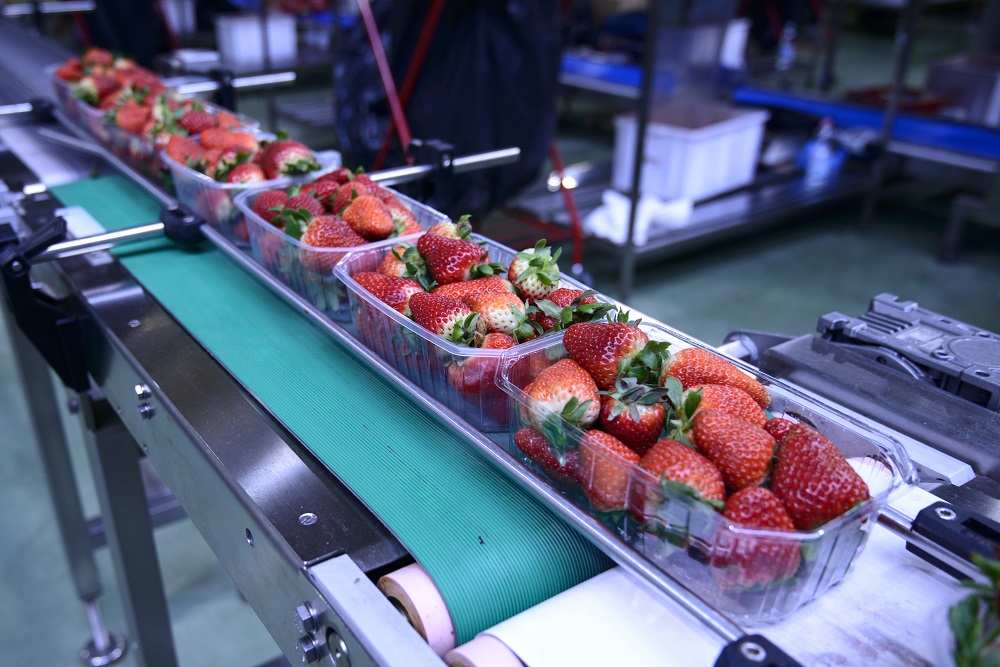
“Help! Am I Doing the Right Test?”
In the last several weeks, our microbiology lab has had several inquiries regarding indicator testing, so we thought this would be a good opportunity to share some info with you! The two main functions of indicator testing are to verify sanitation measures are working correctly, and to assess spoilage/shelf-life of product. Routine monitoring of organism levels allows you to see what is “normal” for your facility, so that when spikes occur you can troubleshoot whether it was an issue with sanitation, water quality, or some other factor. Indicators are also used to get a feel for the shelf life of a product – higher organism densities may lead to reduced shelf-life and earlier spoilage!
The most common indicators used are E. coli / Total Coliforms, Yeast/Mold (for spoilage), and Total Plate Count or TPC (it is worth noting TPC is referred to by a number of different names, including Aerobic Plate Count (APC), Heterotrophic Plate Count (HPC), Total Viable Count (TVC) or Total Mesophilic Count (TMC)). Lately there has also been an increased interest in use of Enterobacteriaceae as an indicator.
A little about each organism… E. coli and Total Coliforms have historically been used as indicators of fecal contamination which may indicate pathogen presence, though there is increasing debate as to the correlation of TC with pathogen presence. Total Plate Count is a general count of bacteria that can grow in the presence of oxygen at normal temperatures. It can be used for both verification of effective sanitation, and as an indicator of spoilage. Yeast and Mold are somewhat self-explanatory, and are usually used as indicators of spoilage (for example, high yeast or high mold counts mean your strawberries will get mushy or moldy at the store faster!). Finally, Enterobactericeae is a large family of organisms which includes Salmonella and E. coli, but contains many other harmless organisms as well. It’s used in a similar manner to E. coli and Total Coliforms as an indicator of sanitary conditions.
Which indicator you use will hinge partially on the information you are trying to obtain, and what is appropriate for your individual facility. Each facility is different, so it’s up to you to determine what best suits your needs! Below are some resources that may help you with your decisions, and if you want to discuss the organisms or testing further our microbiologists are happy to help you!
3M Environmental Monitoring Handbook
NCBI: Selection of Indicator Organisms and Agents as Components of Microbiological Criteria
If interested in testing with PrimusLabs, please refer to a current list of our most common Microbiological analyses here or contact us at salesgroup@primuslabs.com.



